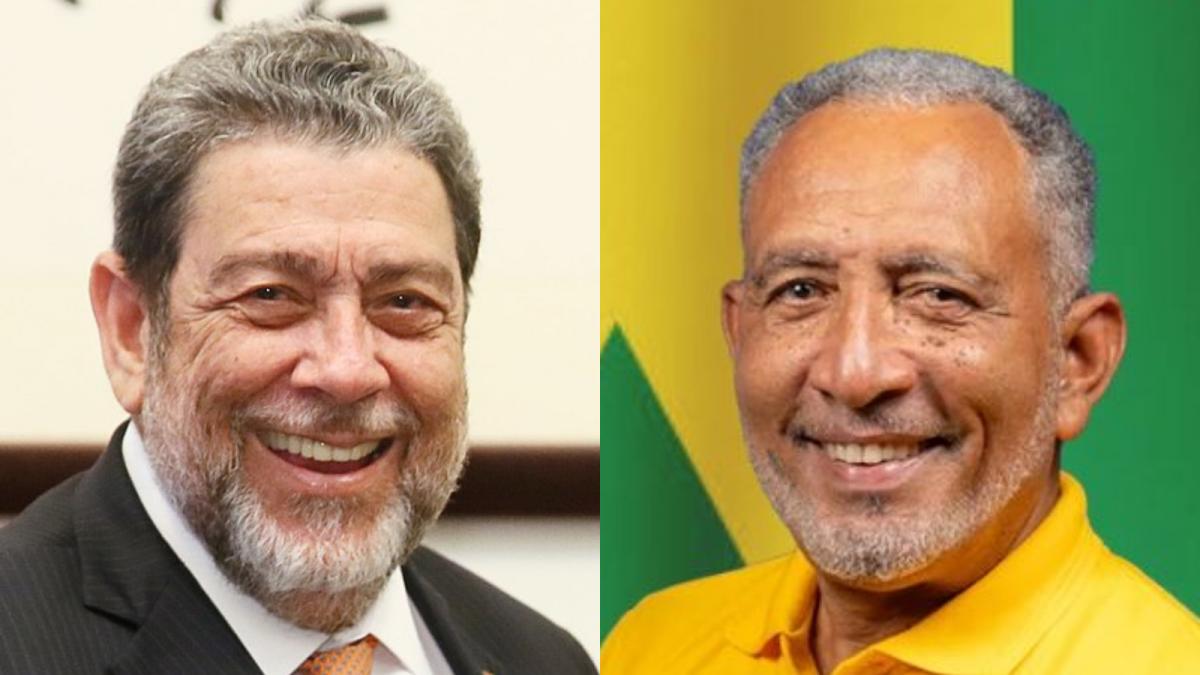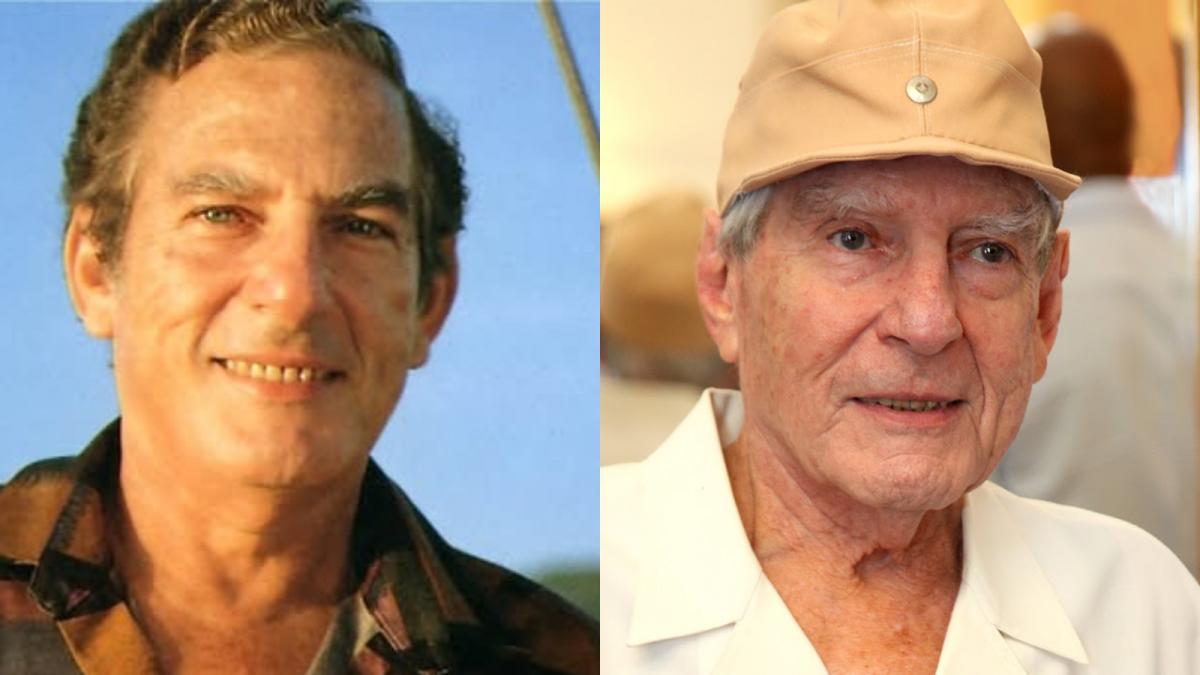THE UNTOLD STORY OF CHINESE-HAITIANS
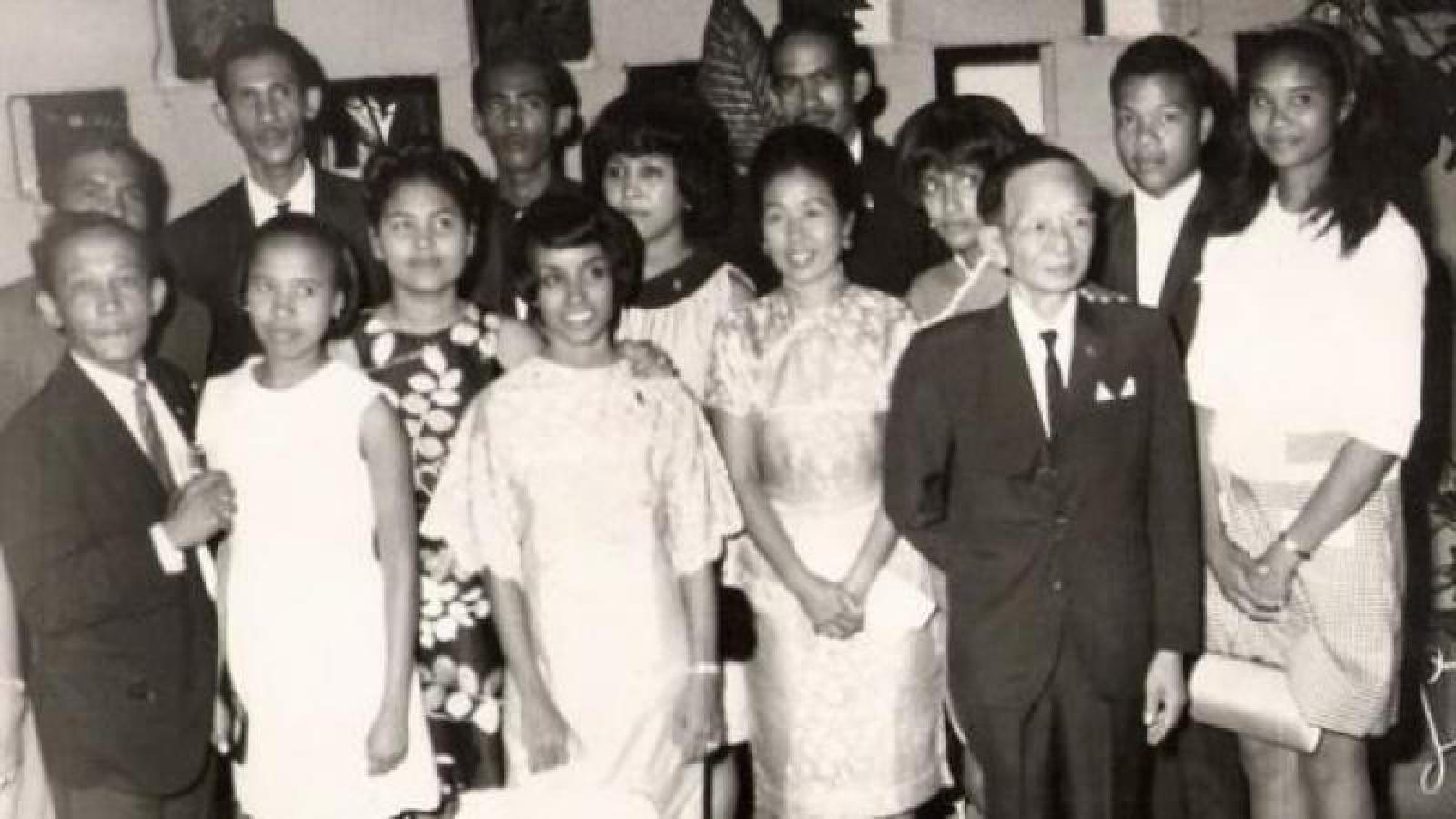
Chinese presence in the Caribbean is concentrated mostly in Jamaica, but did you know that at one point there was a trickle of immigration from China into Haiti ?
With last names like Wu, Wah, Wawa, Fung, Fong-Ging, Fungcap, the first known Chinese families arrived in Haiti in the late 1890s, fleeing crumbling dynasties.
Guy Fong-Ging, whose father King Fong-Ging adopted Haiti as his permanent home, says: “Fong Sam, Fong Wong, They came in groups. They were all [mostly] from the same family.”
Some like Soud Fungcap arrived in Haiti in the Twentieth Century. Fungcap was on his way to Brazil, fleeing a revolution in China, when he accidentally landed in Haiti in 1915 and made his home there. Like other newly arrived immigrants from China, Soud kept in touch with the folks back home in Canton, China, and his son joined him in Haiti in 1928.
The Chinese didn’t integrate fully into Haitian society—at first, according to Soud Fungcap’s son Essud Fungcap. Some who were in Haiti in the early 1910s had to contend with anti-foreign sentiments that were being flamed by influential Haitian and non-Haitian business magnates alike. Historian Carlo A. Desinor, in his study of Haitian newspapers, pointed to editorials in the early 20th Century discouraging foreign takeover—including Chinese—of Haitian commerce.
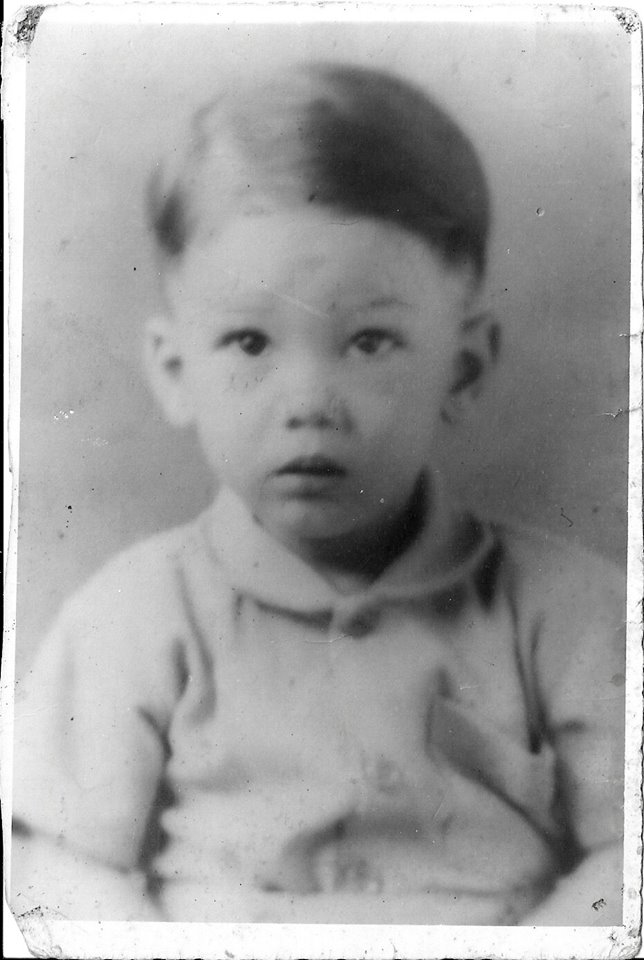
Sergo Wawa in a childhood photo. Courtesy Sergo and Simone Wawa.
Others who are Haitians of Chinese heritage remember the stories well from their parents and grandparents.
“They used to live in that area in Grand Rue, what is called anba mache [downtown],” explains Essud Fungcap. The newly arrived and slept on the sidewalks sometimes, and when they had the financial mobility to do so, bought buildings along that business street in Haiti, and they slept upstairs and had their stores downstairs. Sometimes they had to make cultural and religious concessions to fit in with Haitian society. Soud’s son for example, changed his name to Pierre and converted from Buddhism to Catholicism in the 1940s.
Jacques Wawa cherishes his Chinese roots. “Being born and growing up a Haitian of Chinese descent only brings back positive memories for me,” he contends. “My friends were either from school, our neighborhood in Port-au-Prince, from the provinces, [or] from the Boy Scouts. Although time has separated us over the years in the USA or elsewhere, they knew me as Jacques and needless to say we are still excited whenever we see each other in New York, at a party or any other social event.”
The Fungcaps had one of the biggest bakeries in Port-au-Prince, and a string of other lucrative businesses that included a commercial laundry chain and a Chinese restaurant Nu-Canton, founded in the 1940s at the corner of Rue des Miracles and Grand Rue, a major cross street in Haiti, according to Essud Fungcap.chinese restaurant3
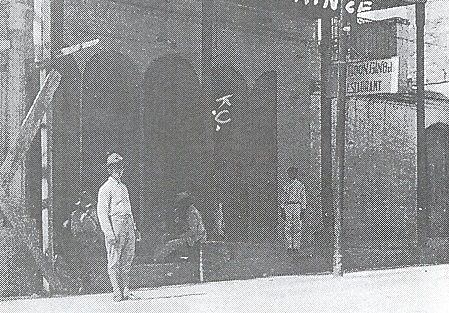
The storefront of one of Haiti’s first Chinese restaurants in the early 1900s. Photo Credit: Peanoupoulous via Georges Michel.
By the time the late 1950s arrived, however, says Fungcap, Haiti’s then-president François Duvalier welcomed China-born businessmen and their first and second generation Chinese-Haitians with open arms, mostly for financial reasons. “He introduced themto Haitian elite society,” Fungcap recounts. By this time, the Chinese families had gotten so much financial clout in the business sector in Haiti that it was impossible to ignore or spurn them. “They had to embrace them. [It became a situation of] “You’ll scratch my back, I’ll scratch yours,” he concludes.
By the mid-1960s, Haiti saw it fit to have an ambassador to China. A decade later, however, most of the Haitians of Chinese heritage, left Haiti for Canada, the United States or elsewhere, during the notorious brain drain, that saw the exodus of Haiti’s elite and intellectuals out of the country. “We had to leave the country,” recalls Fungcap. “There were a lot of killings.”
The Wah family, one of the most influential Haitian families of Chinese heritage gave the Haitian art world painters of fame like Edouard Wah, Bernard Wah and later Marcel Wah and Patrick Wah. Born in Port-au-Prince in 1939, and partially self-taught, Bernard Wah created a series of surrealist paintings that received international acclaim. His work was featured in Harlem Artists 71, a special exhibit in New York.
Simone Wawa is one of the surviving children of the man once known as Hoo Ku Haa Kuai. Hoo Ku Haa Kuai left Continental China on a boat with 25 other cousins around 1912, in search of adventure. They stopped in Hong Kong, then went to San Francisco, and afterwards to New York and Cuba.
The much older cousins, fearing that the end of their lives was near, decided to return to China to die there. Then Hoo Ku Haa Kuai along with thirteen of the younger set of cousins—all in their late teens or early 20s—were summoned by a relative who had long settled in Haiti, and owned a laundry store there. Hoo Ku Haa Kuai joined that cousin sometimes in the late 1910s.
Of their reception, Simone Wawa says: “To the best of my knowledge, the Chinese men who came with my dad and my dad were always welcomed by the Haitian community. They were very welcomed since they were not the first Chinese to come to Haiti…They were getting away from the changes that started in China, the communism. Haitians have the custom to accept and even welcome new comers and foreigners, they did for the new Chinese men!
Guy Fong-Ging echoes similar sentiments. He tells Kreyolicious.com: “I never felt any difference at all. I’ve always known that I was Haitian.”
Hoo Ku Haa Kuai married Olga Sabbat, a socialite from Jacmel, with whom he had seven children. After her death, he married Estha Cadet—another Haitian belle—who became Simone Wawa’s mother, and the mother to four other kids. He had two sons Alex and Jacques by another mother, bringing the total of his Chinese-Haitian children to fourteen.
“My dad’s name was changed when he got naturalized by one of the Haitian presidents, President Louis Borno,” recalls Simone Wawa, of the former Hoo Ku Haa Kuai. This was before Ms. Wawa was born, and she doesn’t recall the year. But, she says, “President Stenio Vincent kept his name Hoo Ku and added Wawa, to make it sound more French. My dad told me us that he left two young brothers in China. We still have their pictures.”
By all accounts Hoo Ku adapted to Haiti well, Simone Wawa says. “My dad always had a picture of Chiang Kai-shek and a big Chinese flag that he put in front of the laundry when Port-au-Prince had street trouble, or revolution etc.”
Like Jacques Wawa, Simone Wawa contends that her Chinese-Haitian heritage means a lot to her. “The big moment in our lives as Chinese descendants was on October 10th [of] each year, when the Chinese celebrated their Independence Day,” she recalls. “My dad used to take us all to the Embassy for a very special celebration. The food was good—Chinese food—it was the occasion to meet all the Chinese descendants. And even after my dad passed, we used to still go celebrate the National Festival. And The Taiwanese always treated us as their own. At the Embassy, we were also treated as the other Chinese.”
The community in Port-au-Prince grew to love Hoo Ku Haa Kuai. Simone Wawa reminisces: “Along the years, my dad became very notorious because of his charisma, his honesty, his compassion [for] the poor. At his funeral, a big crowd accompanied him to the cemetery.. The head of the crowd arrived to the cemetery when the last people were still at the cathedral were the funeral ceremony was held. My dad passed away on October 26, 1966 at 6 p.m. We were all around his bedside. I remember that he always had special coins aside to give to the poor people, and always had a kind word to say to everyone.”
With the death of Mr. Wawa in the mid-1960s and the deaths of other Chinese patriarchs who had immigrated to Haiti in the 1910s, Chinese immigration to Haiti didn’t come to a halt. Another wave of Chinese were to come into Haiti in the 1970s and 1980s—mostly from Taiwan—says Fungcap. They were not fleeing revolutions this time, but were seeking business opportunities and partnerships.
Most of the descendants of the Chinese families in Haiti have never been to China, nor know how to speak Chinese. Sergo Wawa says as a child he was curious about his Chinese heritage. “When I was little, I wanted to speak Chinese, and I wanted to write it, but my father didn’t teach me. He was like, ‘In Haiti, how would Chinese help you? You’re not living in China.’ But a Chinese man who worked for Wawa’s father in Port-au-Prince tried to, however briefly, to teach him a word or two. “I don’t remember much,” he says. “I can only remember one word—the word for thank you.”
“My dad did not teach us the Mandarin,” concedes Simone Wawa to Kreyolicious.com, “because this was a very difficult language. He had his cousin Lein who used to talk to him all the time. Lein also used to speak French. Every morning, he used to read the Haitian newspaper for my dad. I remember that my dad spoke Creole, but with a heavy accent, and we were used to his accent, but there were a few things he could not really explain [the] way he was supposed to.”.
Like Simone Wawa, Guy Fong-Ging has minimal knowledge of Chinese culture. “My father used to show me how to count,” he recalls. “I know a few words, but I can’t speak it. This is a language that has, like, 24 dialects. My older brothers and sisters have been to China. My father was a Cantonese. He probably spoke to my older brothers and sisters about China, but I was the youngest. Everything I know about China I learned from television.”
What Sergo Wawa most regrets is a little chest that his father had—a chest that the family patriarch used as a storage place for all things China—including letters from his Chinese family members back home in Canton. “They were making repairs to our house Rue Pavée in Port-au-Prince and they moved the chest out in the courtyard. No one knows what became of that chest—if it’s still around somewhere.” The chest says Wawa was his family’s only link to China. Not that he actually thinks it would be practical to travel to China to trace his father’s ancestors. He recounts the story of a Chinese man in the 1970s who had been living in Haiti for over 40 years. He had a well-established Chinese restaurant in Port-au-Prince and had married himself a Haitian wife. “His name was Devis,” Wawa recalls, “I don’t remember his last name. He got older and told his wife that he was going to China to die. He went to China, and after three months he returned to Haiti, because when he went to China no one knew who he was. He came back and said China was not his home. He died in Haiti.”
[Photos are courtesy of Essud Fungcap, Simone Wawa, Sergo Wawa; Marcel Wah photo via Google+. Special thanks to all the families who contributed to this article.]
This is the second of several articles on Kreyolicious.com that will highlight the history of immigrants to Haiti. Be sure to check out the story of Haiti’s role in saving Jewish families during the Holocaust here.
Post-scriptum:
(Two generations of the Fungcaps of Haiti pose for a family photo in 1965. Photo: Essud Fungcap Private Collection)
- Se connecter ou s'inscrire pour publier un commentaire
- 3111 vues
Connexion utilisateur
Dans la même rubrique
30/11/2025 - 10:52
Commentaires récents
Didier Laguerre (PPM) lance sa campagne électorale
gag
abcx
23/12/2025 - 19:02
La honteuse effigie avait été accrochée pendant toute la campagne électorale au 2ème étage d'un i Lire la suite
Didier Laguerre (PPM) lance sa campagne électorale
Wi, Véyative, j’ai entendu ça...
Frédéric C.
23/12/2025 - 16:20
...quelque part! Lire la suite
Didier Laguerre (PPM) lance sa campagne électorale
C'est qui le "R" ?
Albè
23/12/2025 - 10:13
La Racaille, le Raté, le Rastaquouère, le Repris de justice, le Revanchard ?
Lire la suiteDidier Laguerre (PPM) lance sa campagne électorale
Ce n'est pas Cesaire
Veyative
23/12/2025 - 08:20
qui a la paternité du "King Kong". Lire la suite
Didier Laguerre (PPM) lance sa campagne électorale
ABCX....
Frédéric C.
22/12/2025 - 15:33
...je suis certes loin, du moins pour l’instant, mais j’essaye de suivre du plus près possible. Lire la suite
Top 5 des articles
Aujourd'hui :
- La Guadeloupe et Martinique dans le top 10 mondial des ventes de voitures neuves
- Didier Laguerre (PPM) lance sa campagne électorale
- Ce roman français rocambolesque d’une autrice réunionnaise vient d’être élu parmi les meilleurs livres 2025 du New York Times (c’est une première historique !)
- Terrorisme étasunien en mer des Caraïbes
- « Man sé an négrès Ibo » : subversion coloniale et affirmation identitaire.
Depuis toujours :
- Tous les présidents et premiers ministres de la Caraïbe sont vaccinés
- L'intolérable appauvrissement intellectuel et culturel de la Guadeloupe et dans une moindre mesure de la Martinique !
- LETTRE OUVERTE AU 31ème PREFET FRANCAIS DE MARTINIQUE
- L'arrière-grand-père maternel de Joan Bardella était...algérien
- Les triplement vaccinés contre le covid ne bandent plus

